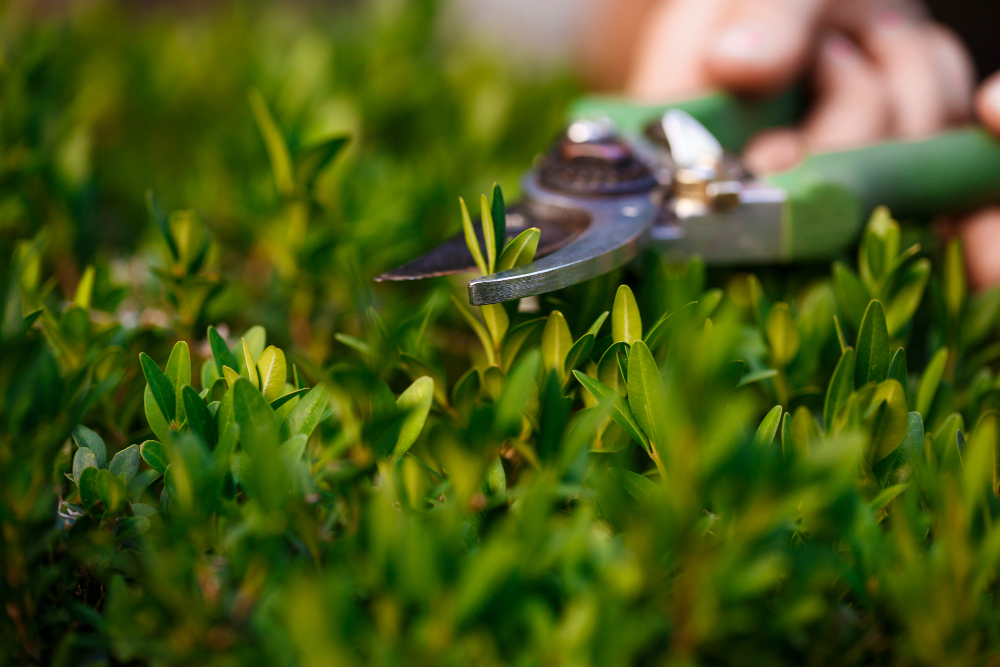Pruning is an essential skill for any gardener. It helps maintain the health and appearance of your plants. In this article, we discuss the best practices for pruning various types of plants, including trees, shrubs, and perennials. We provide tips on when to prune, what tools to use, and how to make the right cuts. Proper pruning can encourage new growth, improve plant structure, and increase flower and fruit production. It’s important to understand the specific needs of each plant to achieve the best results.
One of the key aspects of pruning is timing. Different plants require pruning at different times of the year. For example, spring-flowering shrubs should be pruned immediately after they finish blooming, while summer-flowering shrubs should be pruned in late winter or early spring. Trees typically benefit from pruning during their dormant season. Understanding these timing nuances can help you avoid accidentally removing next year’s flowers or damaging the plant.
Using the right tools is crucial for effective pruning. Hand pruners, loppers, and pruning saws are essential tools for any gardener. Hand pruners are ideal for small branches and delicate cuts, while loppers are better suited for medium-sized branches. Pruning saws are necessary for larger branches and tougher cuts. Keeping your tools sharp and clean will ensure smooth cuts that heal quickly, reducing the risk of disease.
Making the right cuts is another important aspect of pruning. Always cut at an angle just above a bud or branch junction. This encourages new growth and helps the plant heal quickly. Avoid leaving stubs, as they can become entry points for pests and diseases. When pruning, it’s also important to consider the overall shape and structure of the plant. Removing dead, diseased, or damaged branches should be your first priority, followed by shaping the plant to your desired form.
Pruning can also be used to control the size and shape of your plants. If you have a small garden or want to maintain a specific shape, regular pruning can help keep your plants within the desired boundaries. For example, espalier is a technique where fruit trees are trained to grow flat against a wall or fence, saving space and creating a unique aesthetic. Topiary is another form of pruning where plants are shaped into decorative forms, adding a touch of artistry to your garden.

